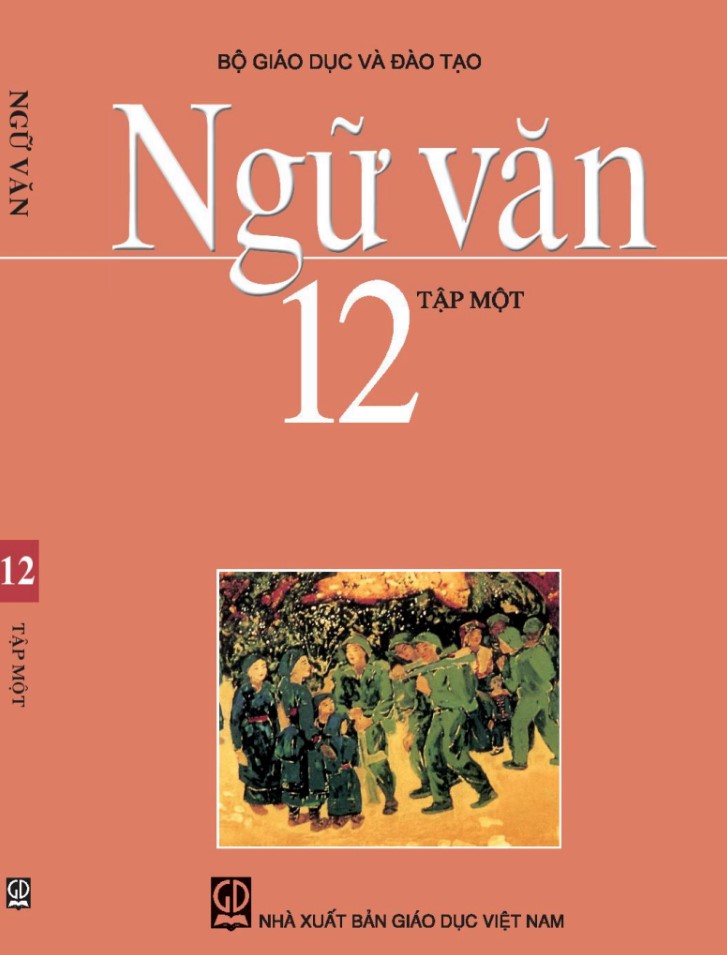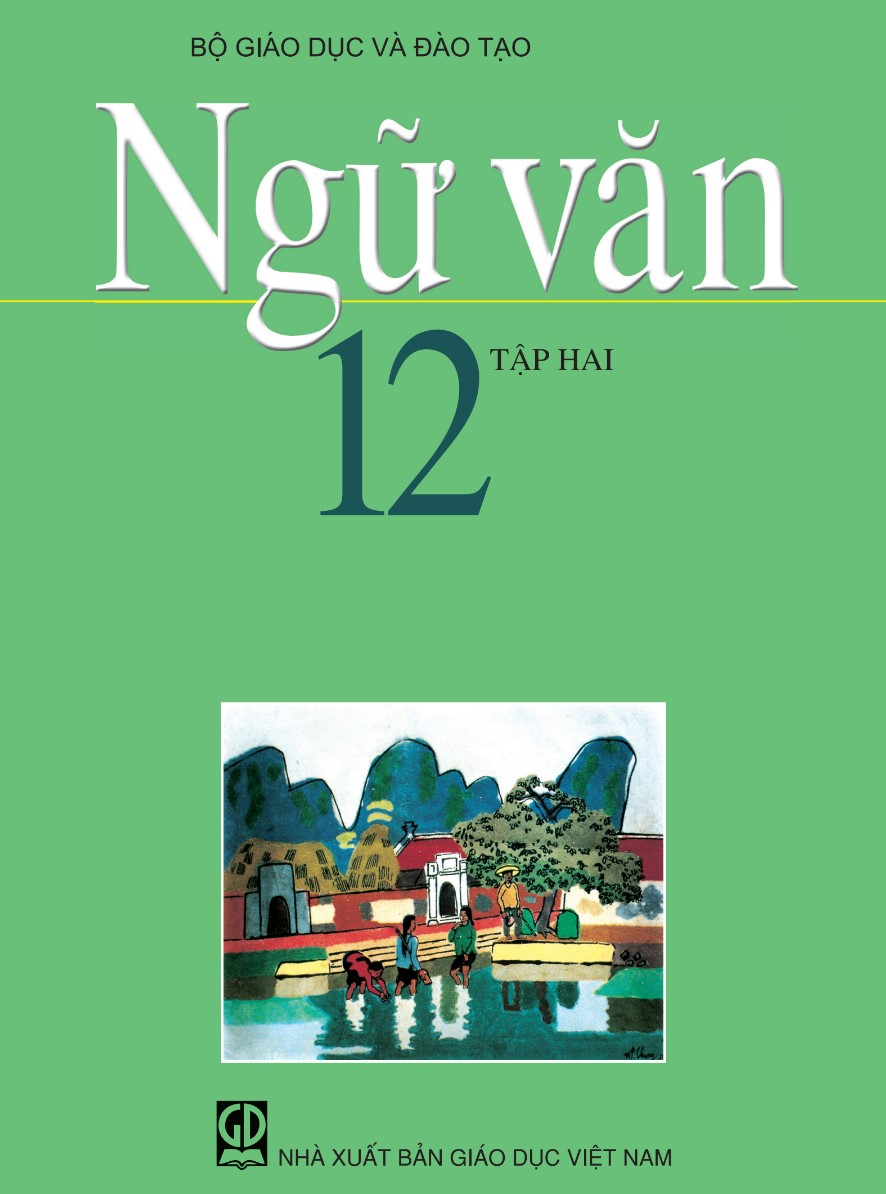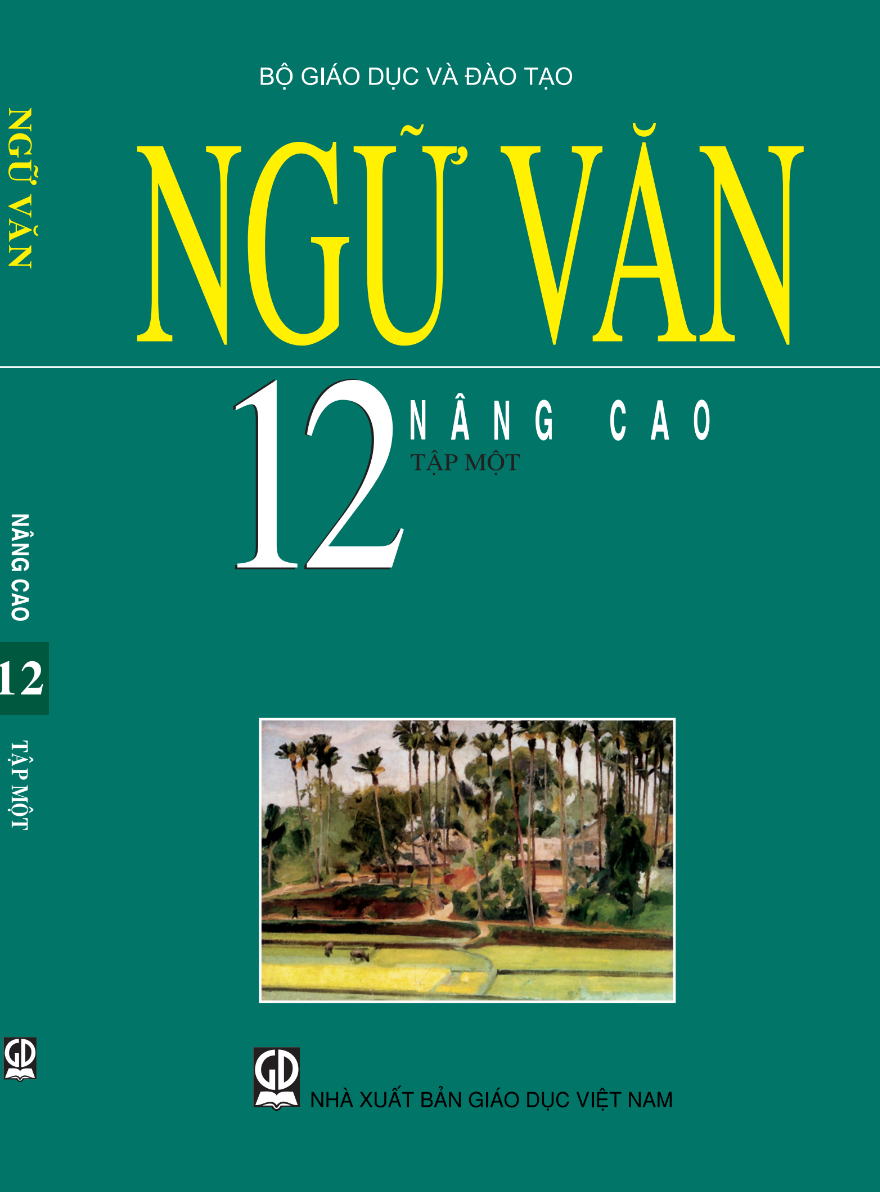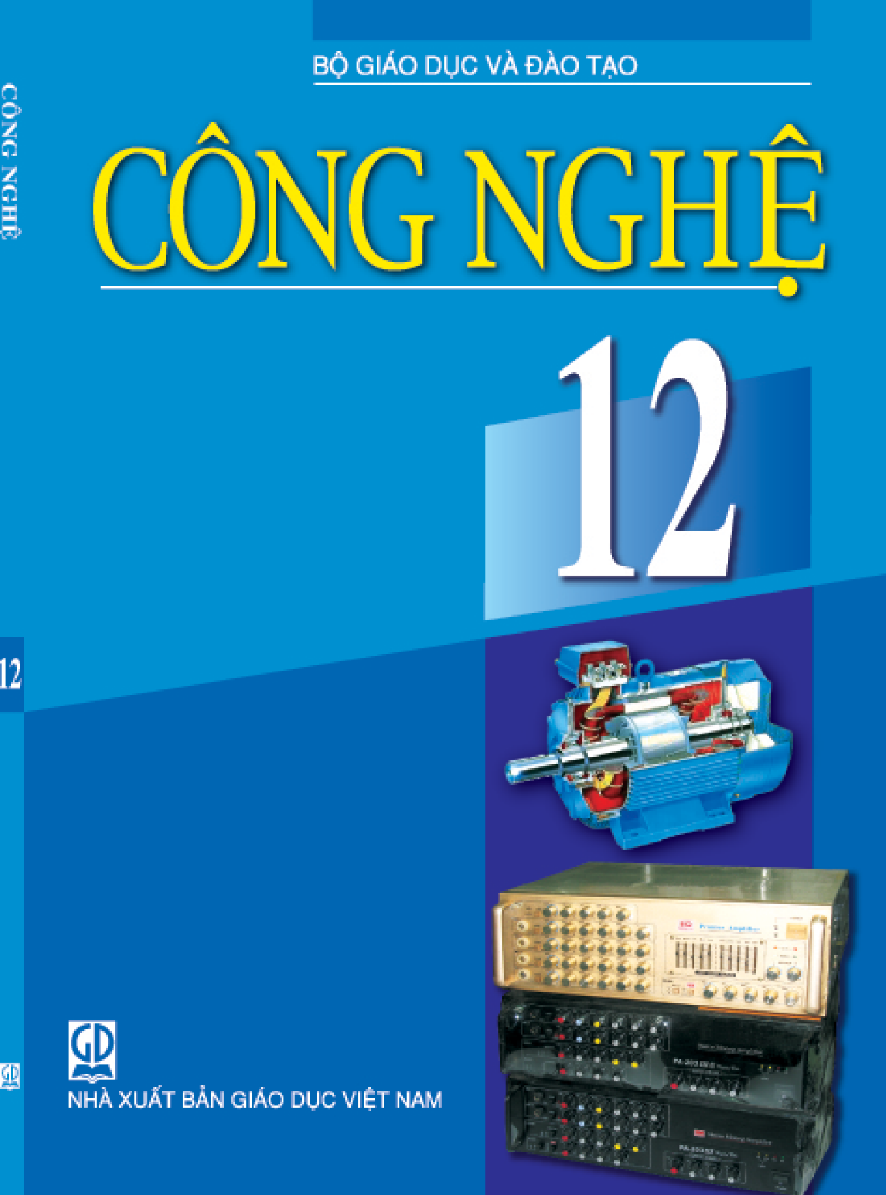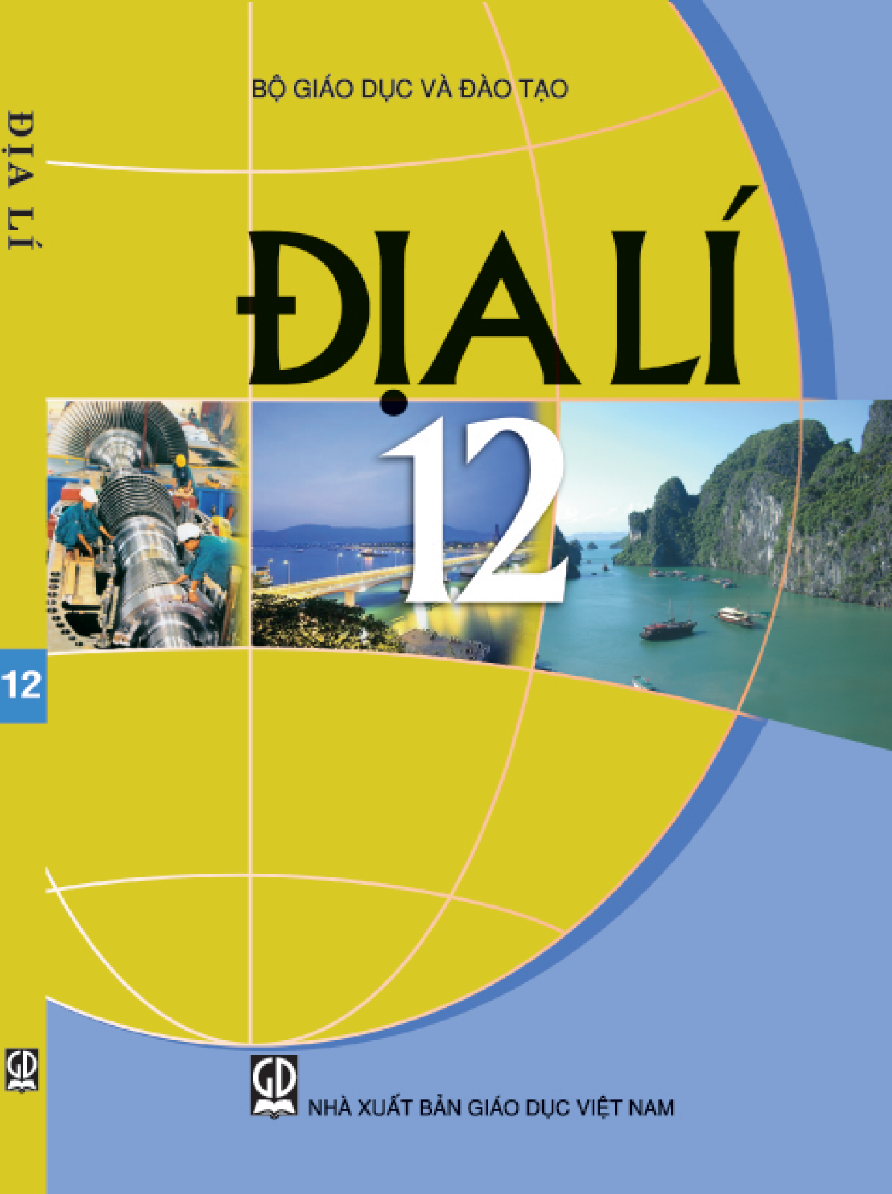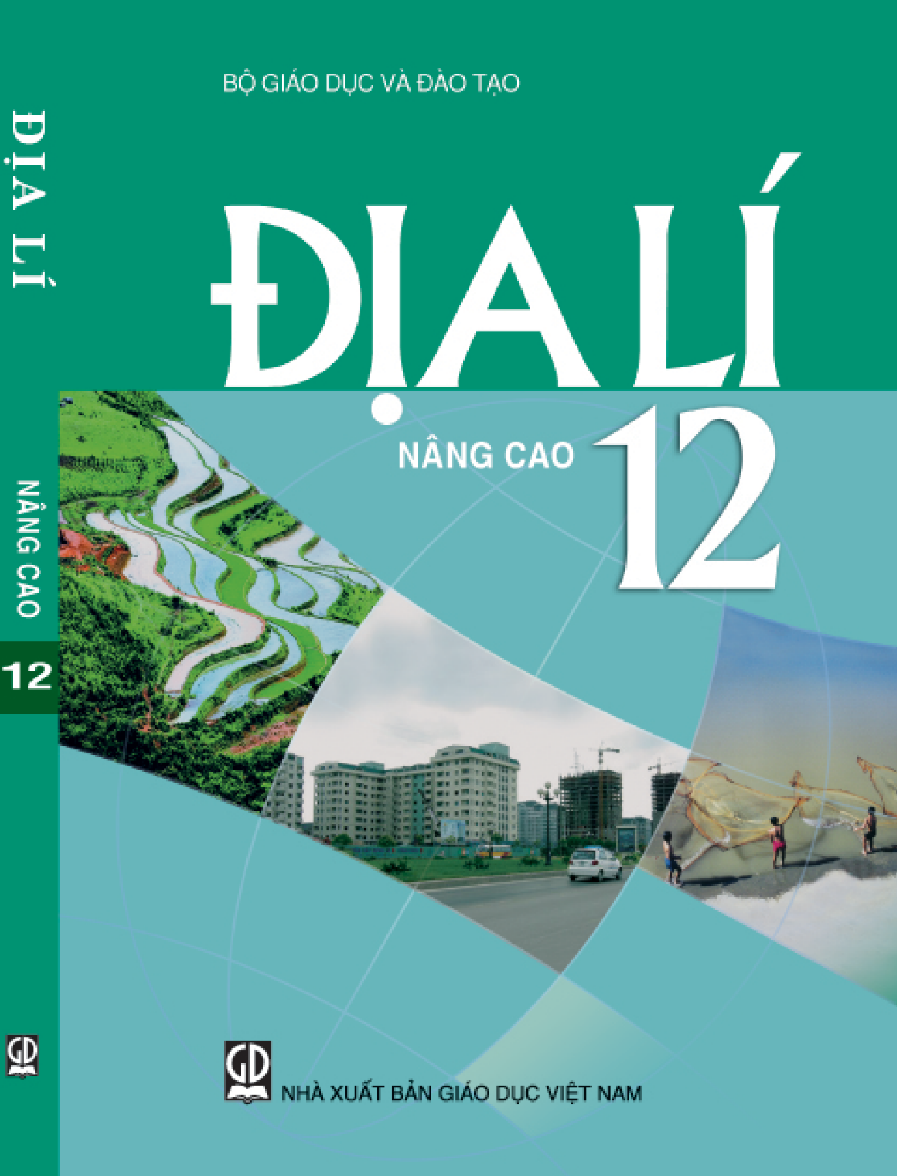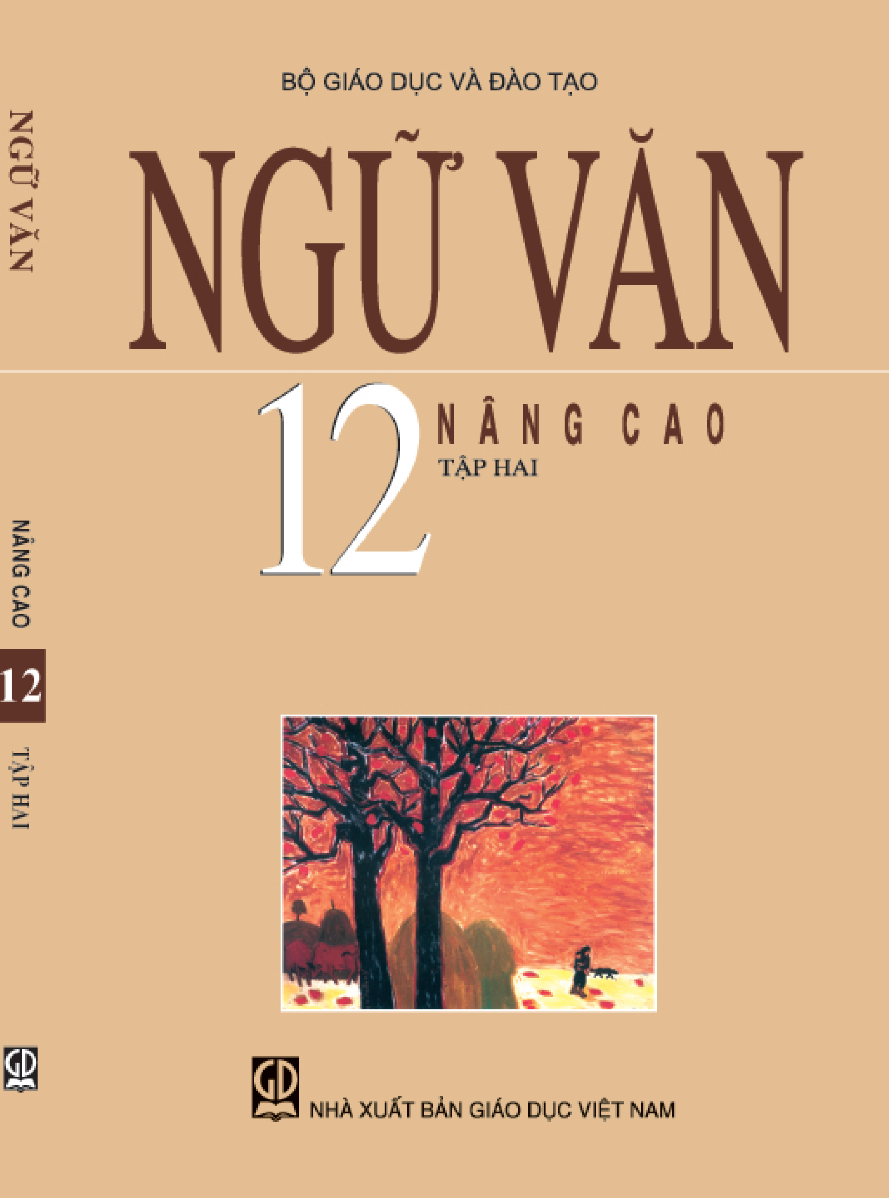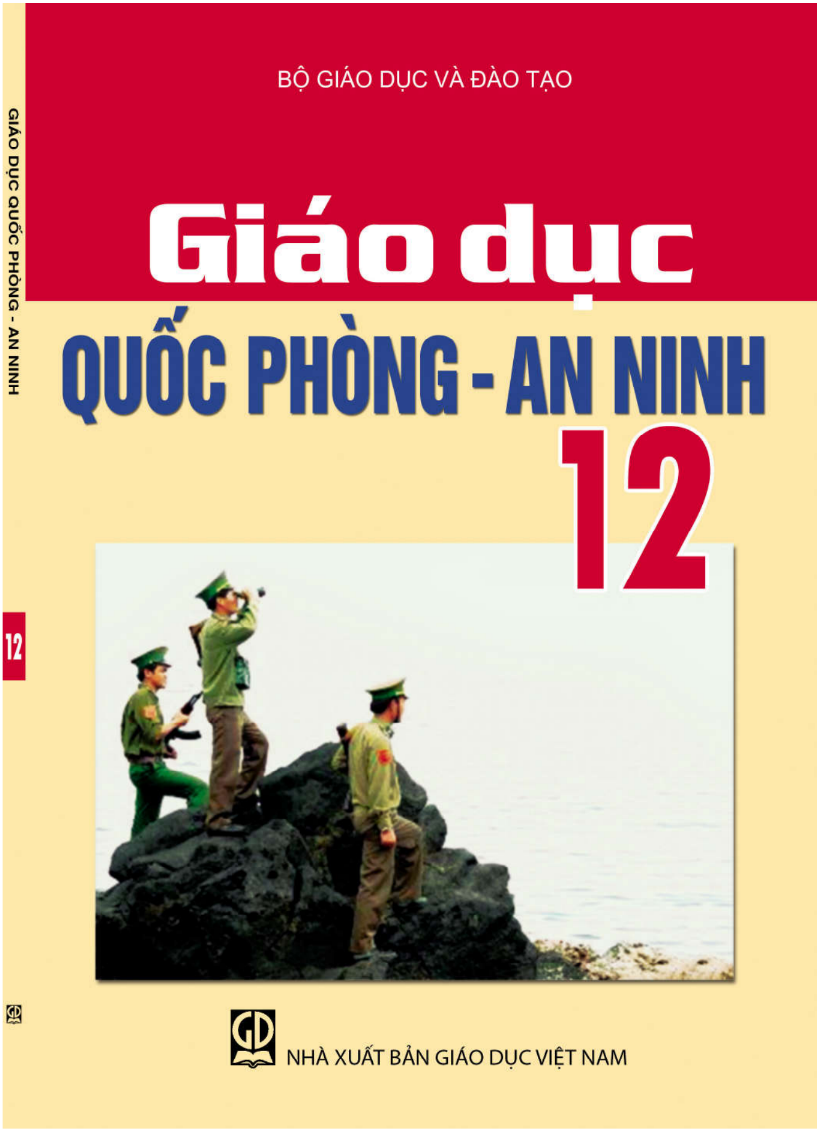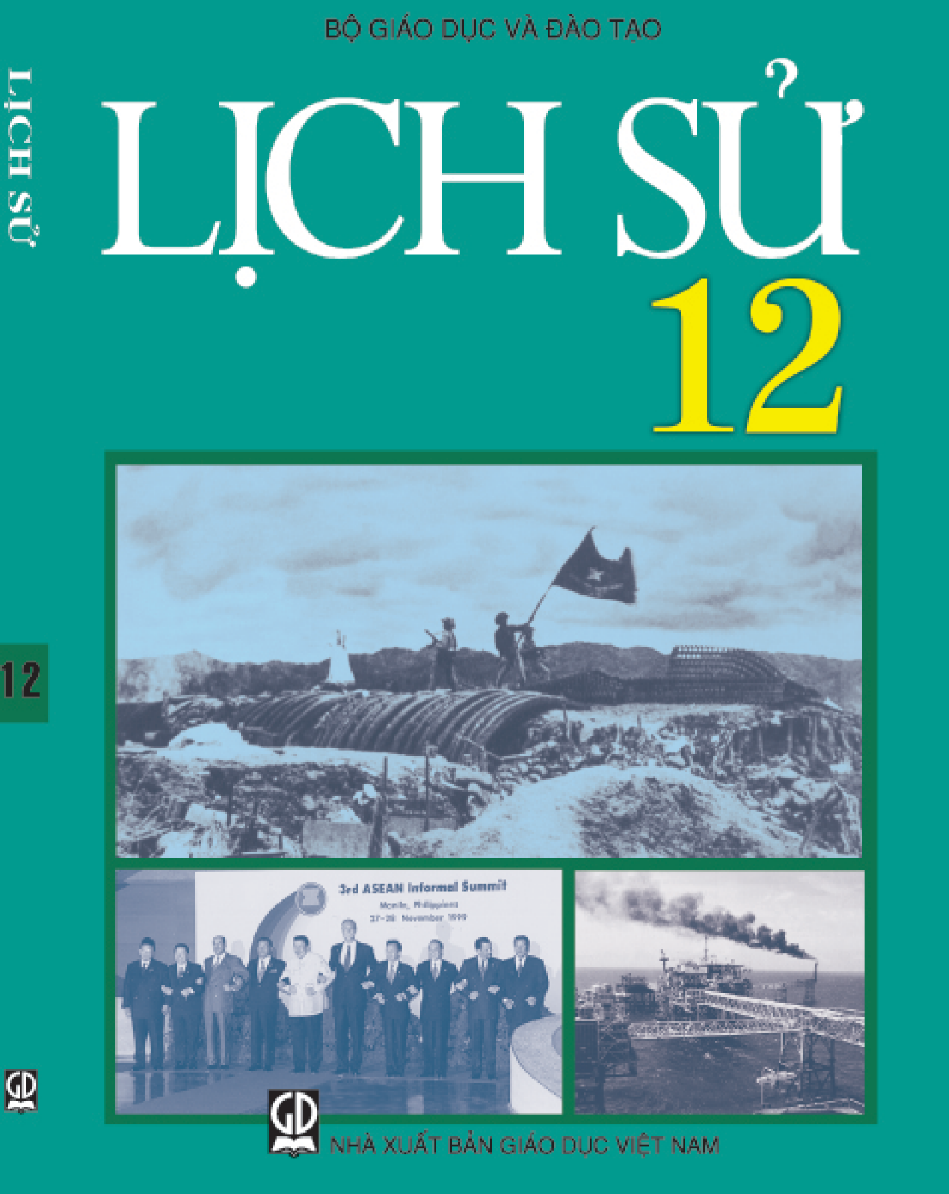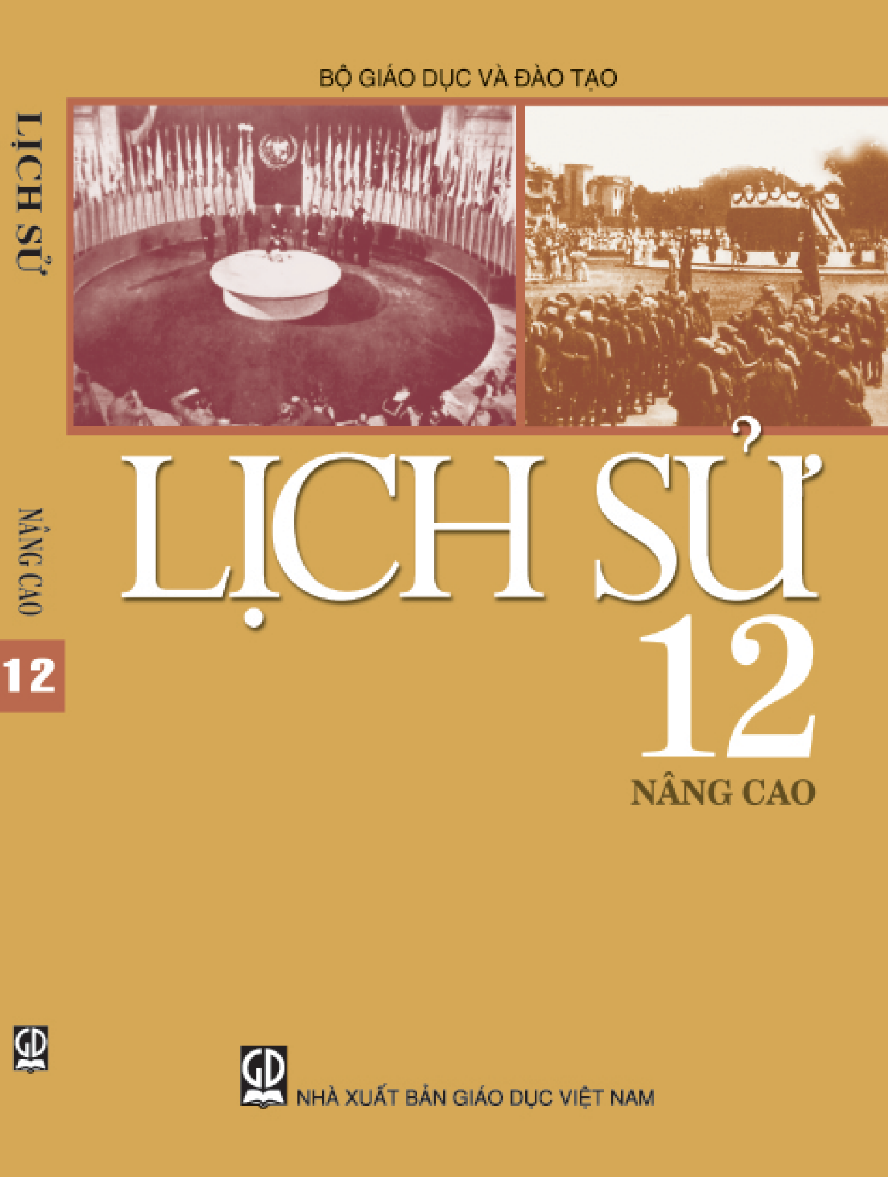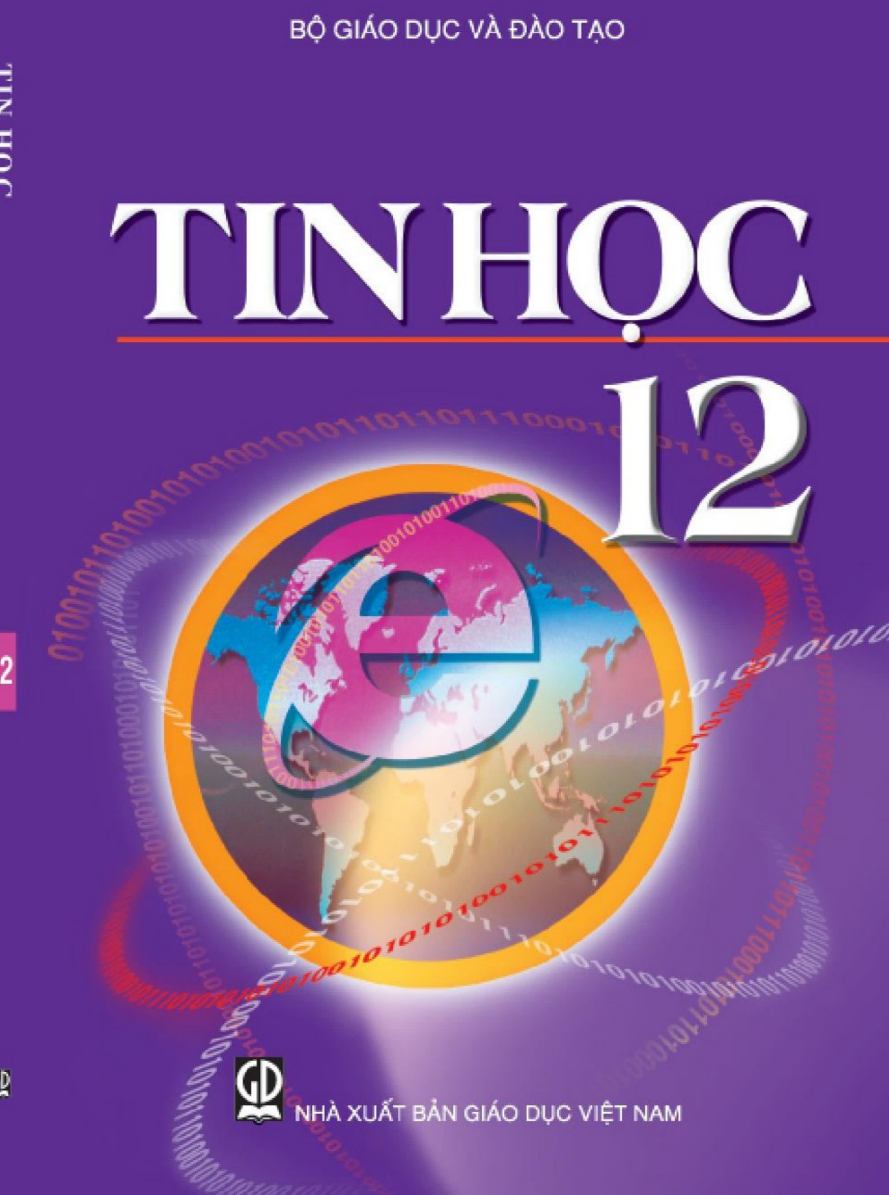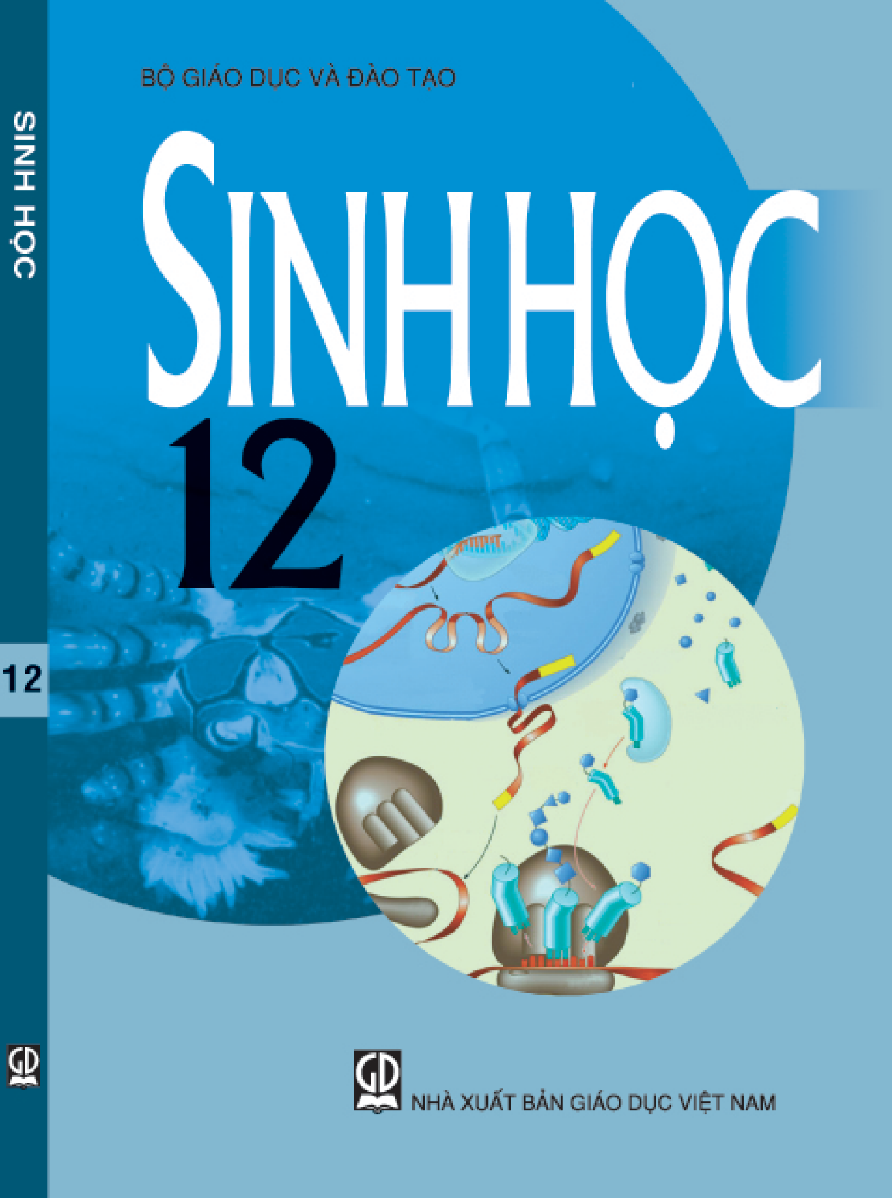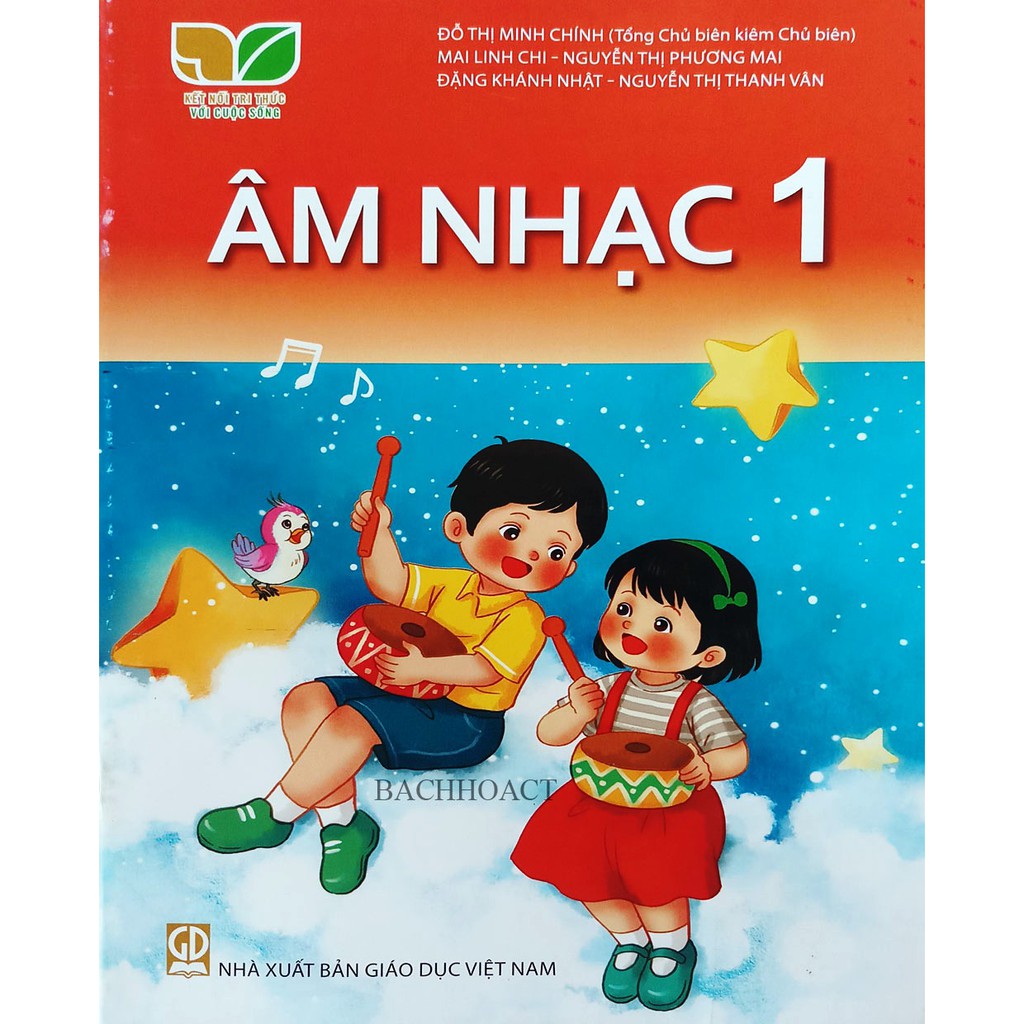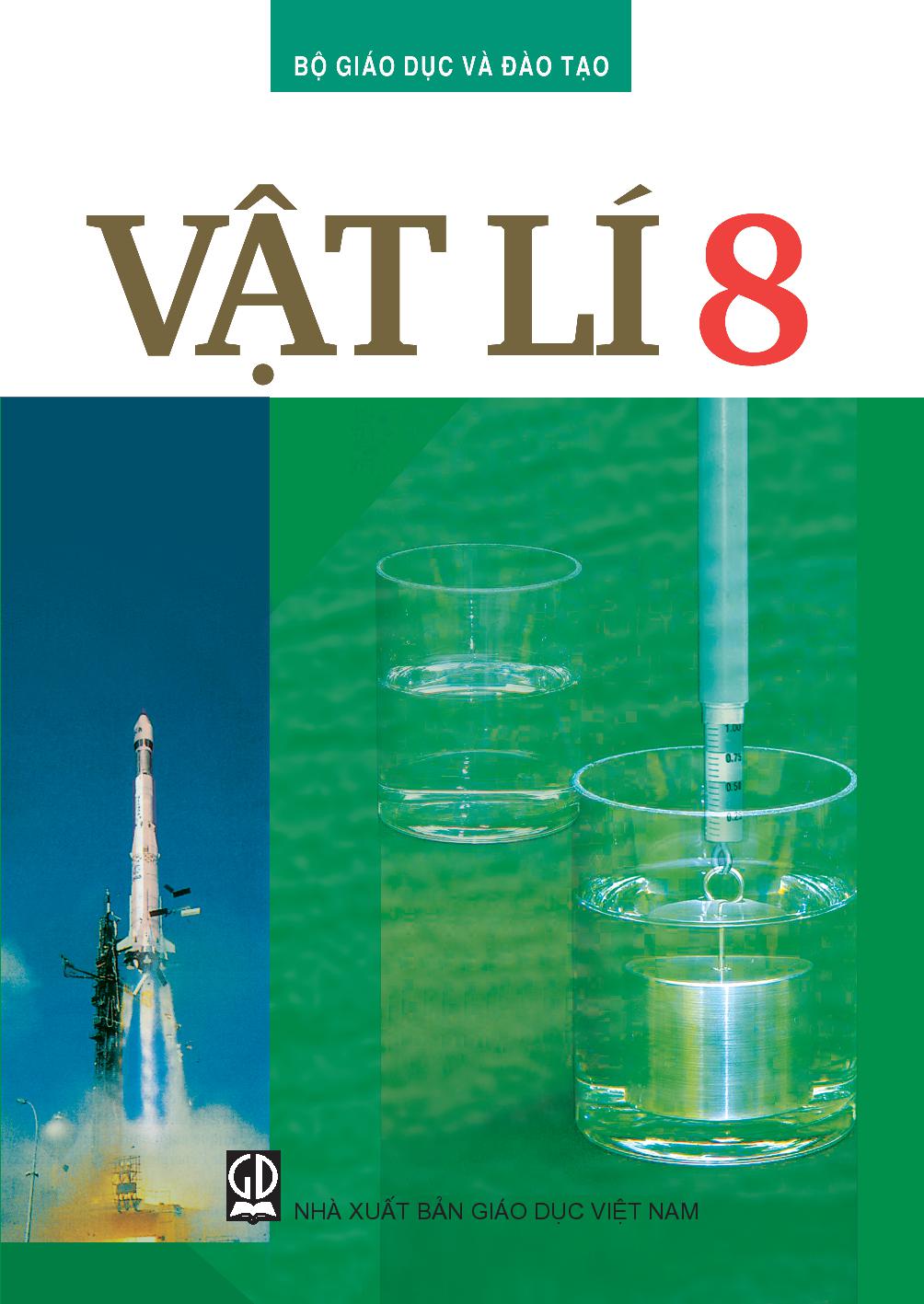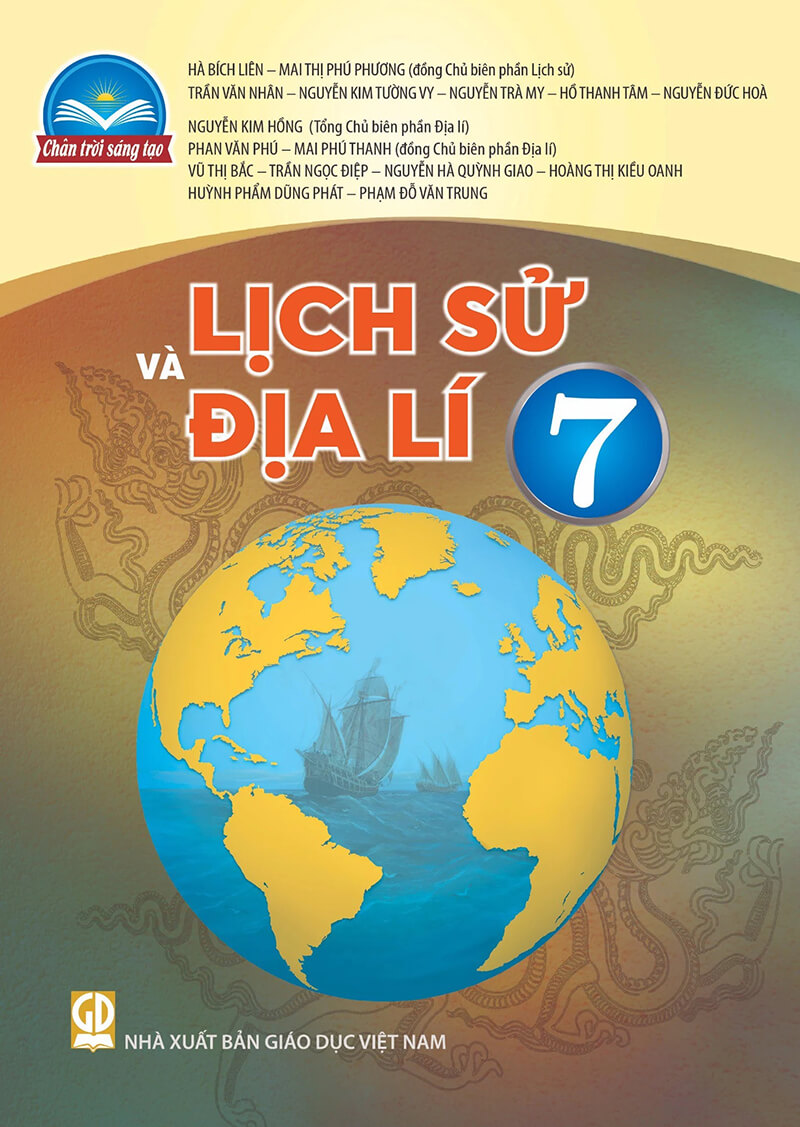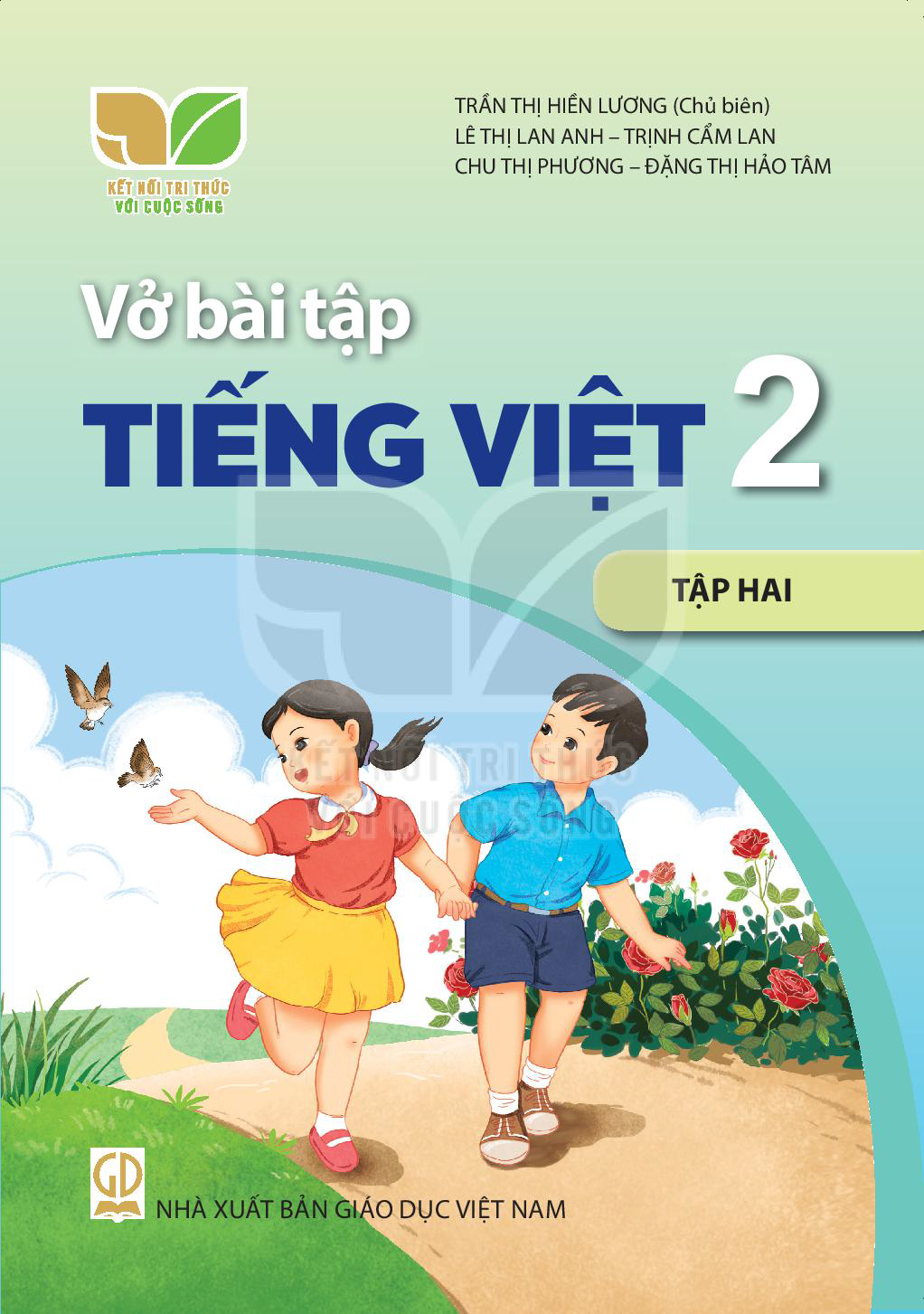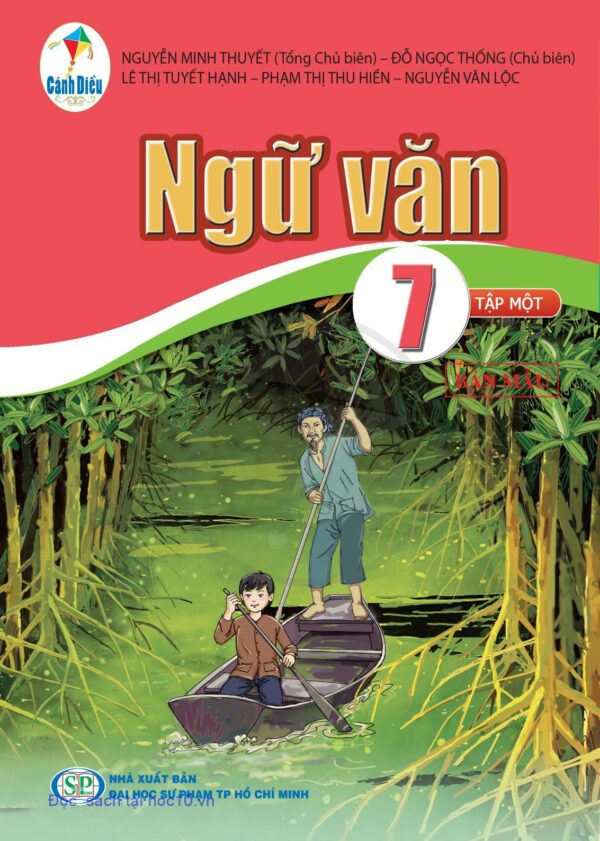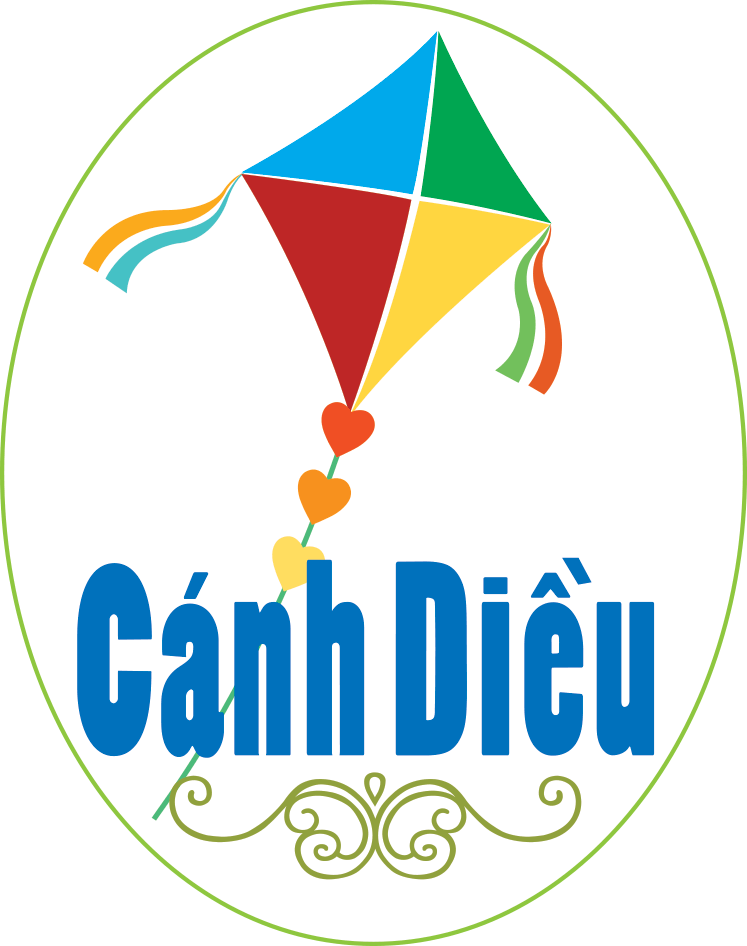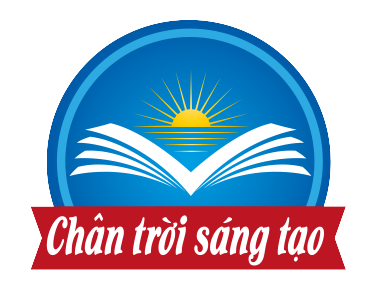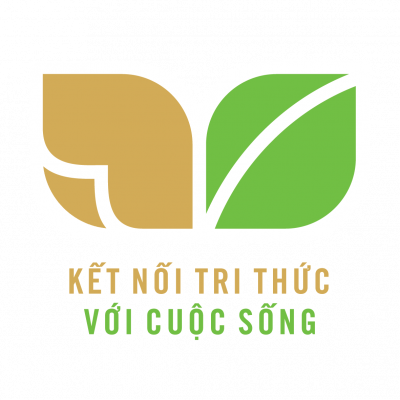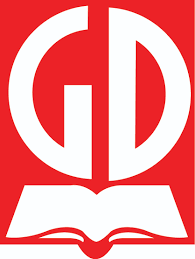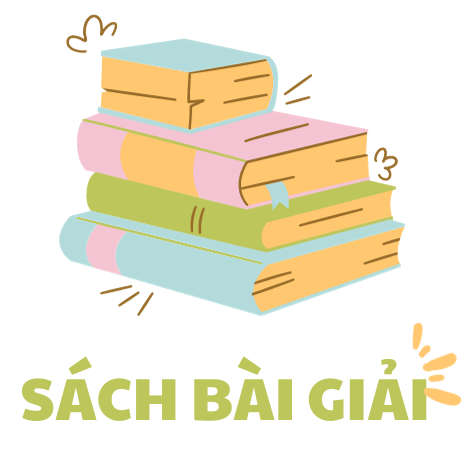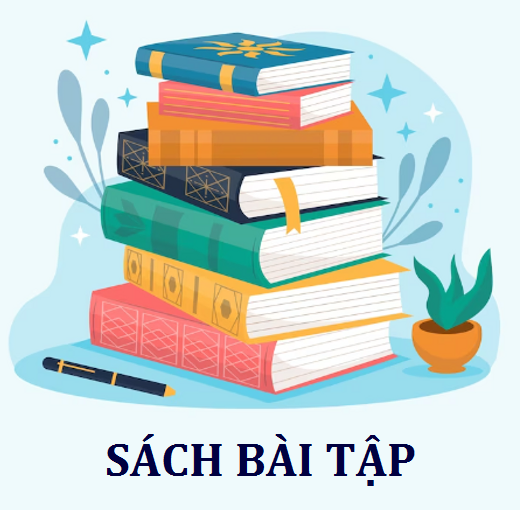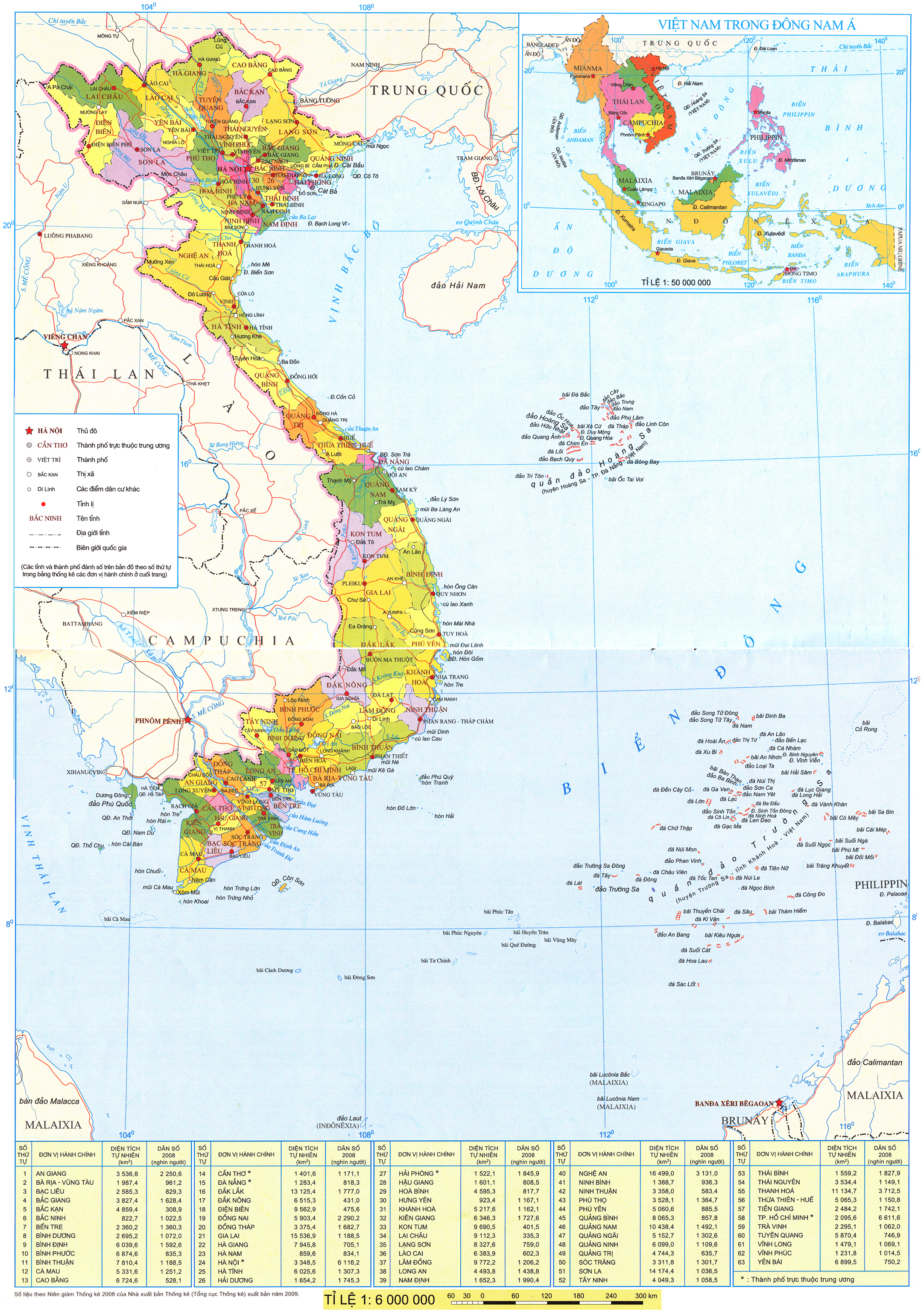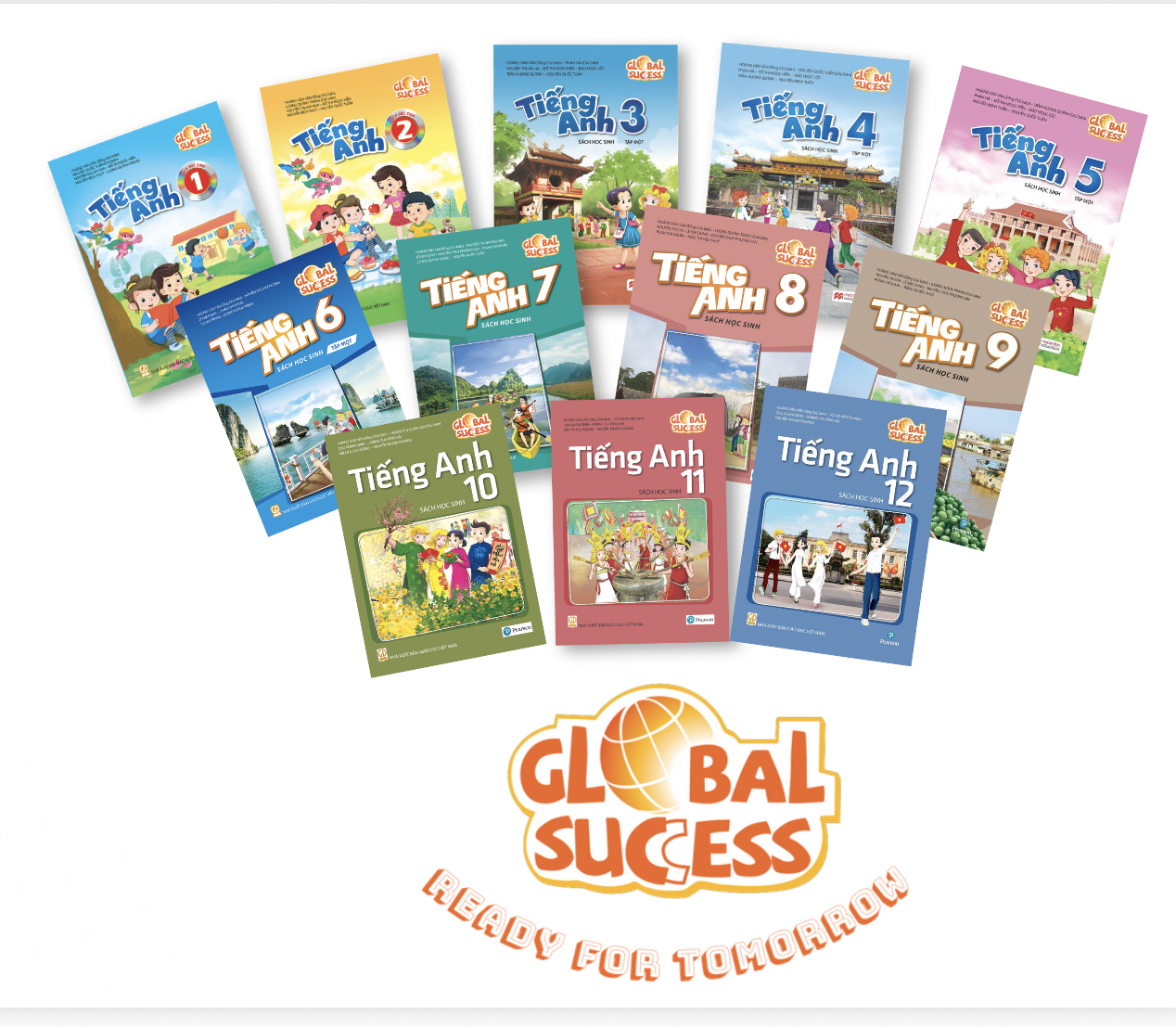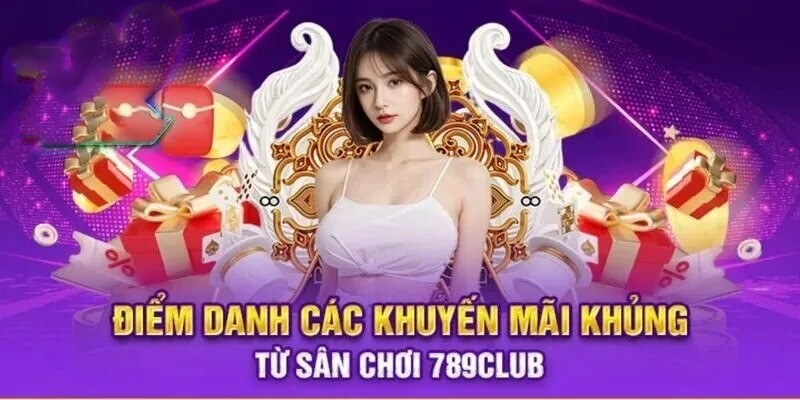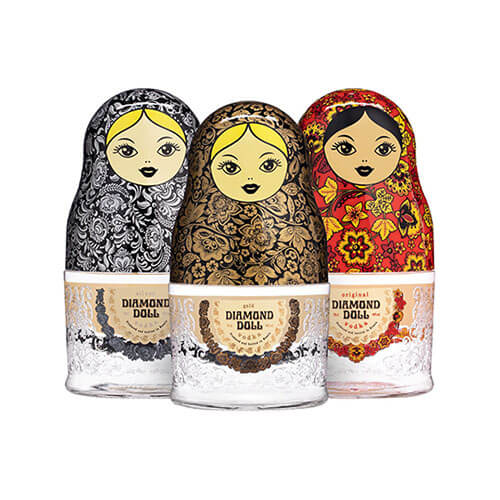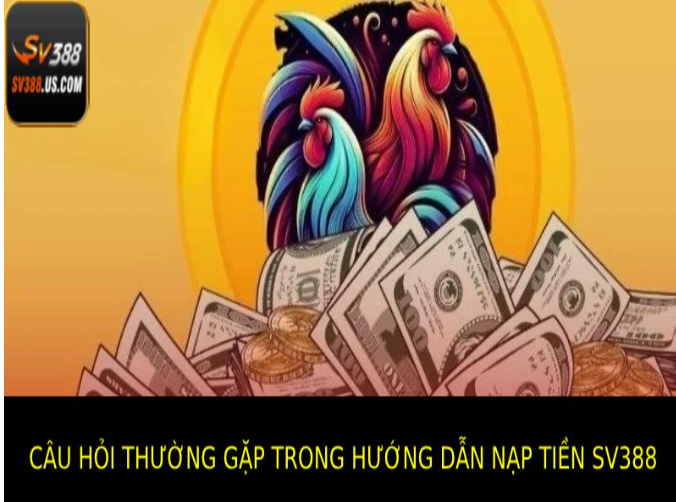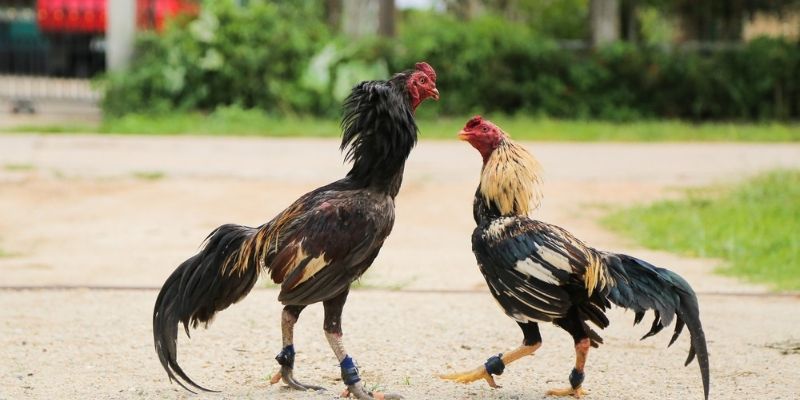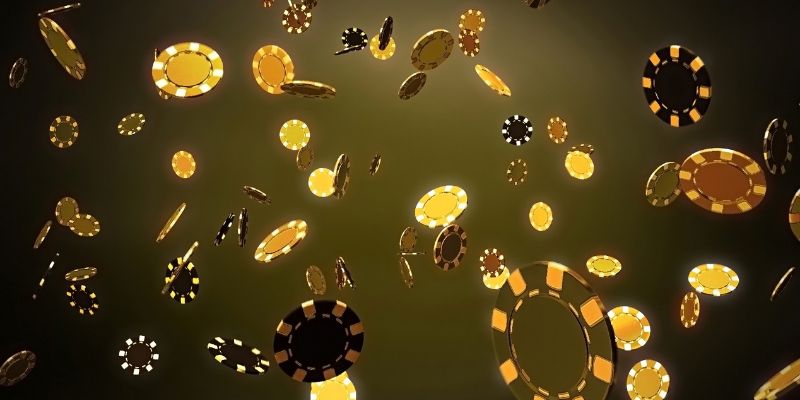(Page 46)
II. SKILLS
Listening
1. Listen to a talk about three traditional festivals and their environmental impact. Number the pictures of the festivals in the order they are mentioned. 🎧

a. ⬜ b. ⬜ c. ⬜
2. Listen again and decide whether the following sentences are true (T) or false (F). 🎧
| T | F | |
| 1. People in India celebrate the Forest Festival (Van Manotsav) annually. | ||
| 2. Only adults can plant trees during the Forest Festival. | ||
| 3. Vietnamese people release live fish into lakes and rivers after Tet Festival. | ||
| 4. People who want to attend Paléo Festival shouldn't use their own cars to get there. | ||
| 5. Food stalls at Paléo Festival are not allowed to use reusable cups. |
Speaking
1. Work in pairs. Discuss the purpose and eco-friendliness of these festivals and traditions and complete the table below.
| Festivals/ Traditions | Purpose/ Eco-friendliness |
| 1. Forest Festival (India) | - To encourage every person in India to plant a tree - To raise people's awareness about the importance of forests |
| 2. Fish release (Tet Festival, Viet Nam) | |
| 3. Paléo Festival (Switzerland) |
2. Work in groups. Choose a tradition or festival in your area. Discuss ideas about how to make this tradition or festival greener.
(Page 47)
Reading
1. Read the text about Alexandre Yersin. Mark the letter A, B, C, or D to indicate the correct answer to each of A the following questions. 

Alexandre Yersin was born in 1863 in Switzerland, and passed away at the age of 80 in Nha Trang, Viet Nam. His family was originally from France. He was a doctor who made great contributions to medicine as well as the people in Viet Nam. In 1890, Yersin left Europe to work as a medical doctor on a ship near Indochina, where he explored the region. In 1894, he was sent to Hong Kong to deal with an infectious disease. Then, he discovered a bacterium responsible for the disease and saved millions of people's lives.
One year later, Yersin established a small laboratory in Nha Trang to prepare serums against the disease in human beings and cattle. To fund the laboratory, he started to grow corn, rice, and coffee, and introduced the rubber tree in Indochina. It later became a branch of the Pasteur Institute in Paris.
From 1902 to 1904, he lived in Ha Noi and helped establish Ha Noi Medical University. He was also the first medical director of the university. In 1920, he introduced the first effective drug for preventing and treating malaria in the region.
His house in Nha Trang is now the Yersin Museum. A university in Da Lat was named Yersin University in his honour.
1. Which of the following can be the best title for the text?
A. The story of a remarkable life
B. Yersin's research and exploration in Indochina
C. Yersin's contributions to medicine in Việt Nam
D. Yersin's childhood in Viet Nam
2. The word 'fund' in paragraph 3 is closest in meaning to _____.
A. introduce B. grow C. discover D. finance
3. The word 'It' in paragraph 3 refers to
A. cattle B. laboratory C. coffee D. rubber tree
4. According to the text, which of the following information is true about Yersin?
A. He started living in Ha Noi in 1890.
B. He opened a university by himself.
C. He could find an effective method for treating malaria.
D. He had a house in Nha Trang, which was turned into a pharmacy.
2. Read the following passage about Ton That Tung's contributions to the medicine in Viet Nam. Mark the letter A, B, C, or D to indicate the correct word that best fits each blank. 
Ton That Tung was a famous surgeon (1) _____ made great contributions to page 146 the medicine in Viet Nam. From 1935 to 1939, he performed operations on over 200 livers of dead bodies and analysed them when he (2) _____ the Indochina School of Medicine and Pharmacy. After the Revolution in August (1945), he worked as a private doctor to take care (3) _____ Uncle Ho. A few years later, he became the director of Pou Doan Hospital (Viet Duc Hospital today). In 1958, he was the first doctor to (4) _____ neart surgery in Viet Nam. Later, in the 1960s, he found a new surgery method to reduce bleeding (5) _____ shorten the time for the operation to only four to eight minutes.
1. A. whose B. who C. which D. whom
2. A. made B. took C. attended D. discovered
3. A. in B. for C. about D. of
4. A. perform B. prevent C. change D. treat
5. A. but B. and C. so D. for
Writing
Use the information about Ton That Tung below and details from 2 in Reading to write a biography (180 words) about Ton That Tung.
- Born: 1912 (Thanh Hoa Province)
- Died: 1982 (aged 70, Ha Noi)
- Education:
+1931: moved to Ha Noi and studied at Chu Van An High School
+1935-1939: studied at the Indochina School of Medicine and Pharmacy
